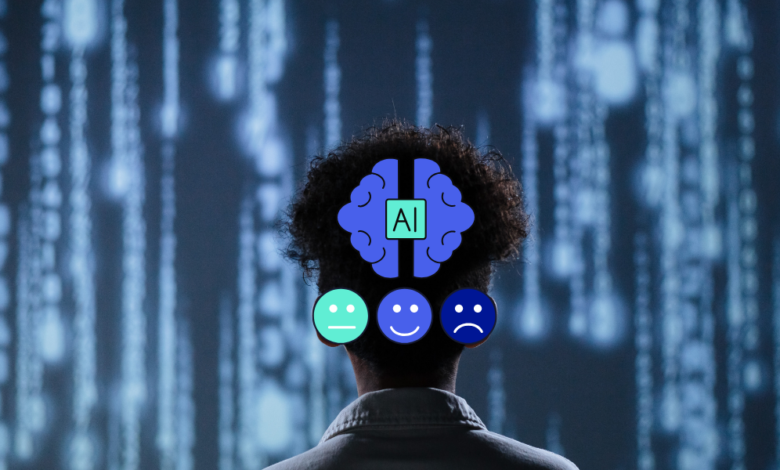
For decades, financial firms have relied on static models for fraud detection and dispute resolution. While they served a purpose, these models often lag behind today’s lightning-fast shifts in consumer behavior and criminal tactics.
A study by Deloitte found that 74% of financial institutions still use rule-based systems as their primary fraud detection method. These systems struggle to adapt quickly when new threat vectors emerge, leaving customers vulnerable and institutions exposed.
“Static models are inherently limited,” explains Pankaj Gupta, an architect of AI solutions at a major financial institution during the pre-COVID time. “Fraudsters evolve faster than manual updates can keep up. We needed a way to adapt continuously in real time.”
Stepping into Dynamic Risk Scoring
This is where OmniAI steps in, a platform that doesn’t merely detect anomalies—it learns from them. OmniAI’s Dynamic Risk Scoring engine evaluates new data streams in real time, updating risk profiles on-the-fly. According to Gupta, this continuous adaptation allows the system to detect nuanced behavioral changes that typical rule-based methods overlook.
“Imagine someone whose spending pattern drastically changes overnight,” Gupta says. “Static models might flag them incorrectly for months. Dynamic risk scoring flags the change immediately, retrains itself if that’s legitimate behavior, or alerts security if it seems fraudulent.”
Cutting-Edge Automated Anomaly Detection
In tandem with dynamic scoring, OmniAI employs Automated Anomaly Detection to pick up on subtle irregularities in user behavior—anything from unusual login locations to suspicious purchasing patterns. Once anomalies are detected, the platform can automatically escalate cases to investigators or even proactively block transactions.
OmniAI’s Approach to Anomaly Detection
- Real-Time Data Ingestion: High-volume streams from mobile apps, ATMs, and online portals feed directly into the platform.
- Machine Learning Algorithms: Trained to recognize normal patterns, these algorithms spotlight deviations immediately.
- Continuous Retraining: Automated feedback loops refine models, ensuring they stay effective against rapidly changing fraud tactics.
OmniAI in Action: Beyond Fraud
Although often discussed in the context of fraud prevention, OmniAI’s architecture supports a range of functions. Departments such as customer service and compliance can deploy AI solutions tailored to their needs—all while drawing on the same unified data pool.
“The core idea was to create an AI ‘hub’ that multiple departments could leverage,” says Gupta. “For dispute management, for instance, the platform can predict which cases are high-priority. For compliance, it can flag transactions that may violate sanctions or anti-money laundering policies.”
Quantifiable Impact
A major U.S. financial institution that adopted Gupta’s model reported multiple gains since implementing OmniAI, drawing from their internal data and external sources:
- $1.5 Billion in Business Value: AI and machine learning initiatives, including OmniAI, collectively contributed to a billion-dollar impact on the bank’s bottom line in 2023.
- 20% Faster Feature Delivery: Simplified data pipelines have accelerated time-to-market for new AI-driven features.
- $300 Million in Efficiency Gains: Modernizing engineering practices, with OmniAI at the center, led to major operational savings.
These figures mirror trends in the broader financial industry, where AI-driven solutions can generate up to $1 trillion in additional value annually.
The Bigger Picture: A New Standard for AI-Driven Banking
From fraud detection to dispute resolution, platforms like OmniAI are changing the rules of the game. The shift from static to dynamic models isn’t just a technological upgrade; it’s a strategic pivot for banks looking to remain competitive in a data-centric world.
“Ultimately, we’re demonstrating that AI is more than a buzzword,” Gupta emphasizes. “When properly integrated, AI can transform risk management, foster innovation, and most importantly, create better experiences for customers.”
What’s Next?
As OmniAI continues to evolve, the question becomes how quickly the broader industry will follow suit. With major banks adopting similar architectures, the financial sector is on the cusp of an AI-driven revolution—where dynamic risk assessment and automated anomaly detection become standard practice.
Gupta sees a clear path forward. “We’re witnessing the shift from reactive strategies to proactive, predictive models. It’s only a matter of time before every major institution operates in real-time, using AI platforms that continually learn from fresh data. The results speak for themselves: fewer losses, happier customers, and streamlined operations.”


